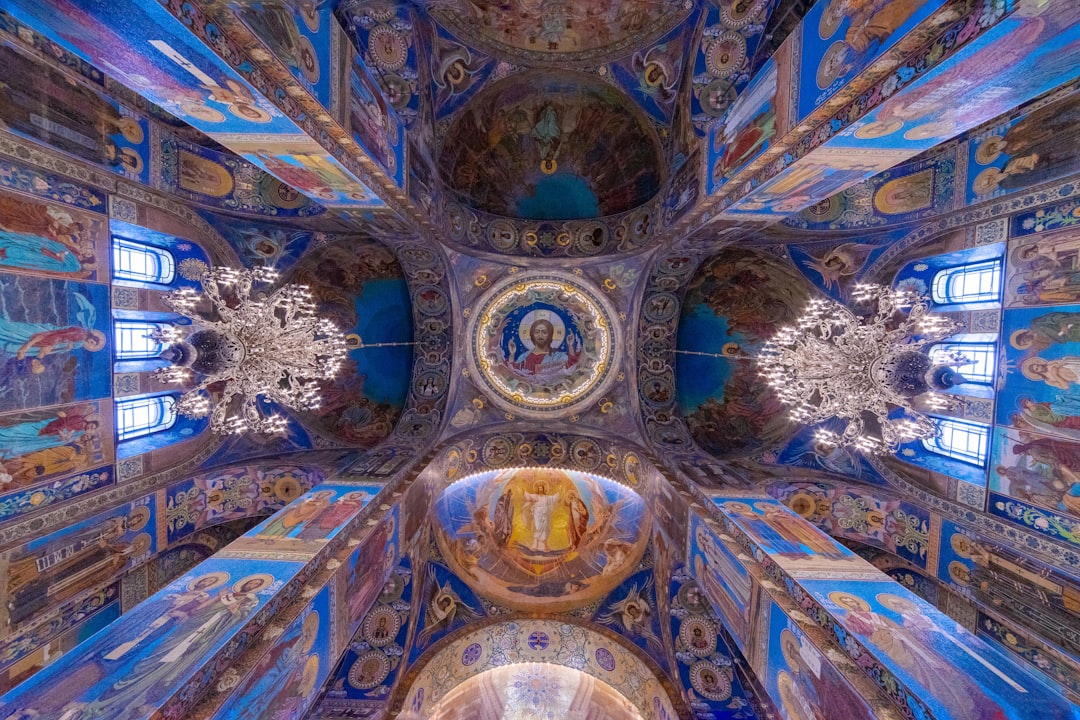What is it about?
A close look at the Jesuit and Catholic recusant network that existed in the English midlands yields a pathway to the Chandos portrait of Shakespeare. The portrait is traced back through time from the 3rd Duke of Chandos to Grafton Manor, seat of the Shrewsbury earls and a principal Jesuit center in the Jesuit district comprising Worcestershire and Warwickshire created in 1623; Grafton Manor was situated several miles from Stratford-upon-Avon. The article finds that during Shakespeare’s lifetime, Grafton Manor was owned by a Catholic recusant member of the Talbot family with ownership ties to Welbeck Abbey located in the small township of Holbeck, Nottinghamshire; the parish of Holbeck included Welbeck Abbey and the adjacent Holbeck Hall, which was owned by the family that sheltered Edmund Campion and which served later as home to a major Jesuit library and as a shelter for Jesuits themselves. Keeping in mind Shakespeare’s indebtedness to North family writings as source material for the plays, the article finds that the provenance of an unpublished manuscript by George North which influenced Shakespeare, the manuscript’s content, and George North’s circle of acquaintances lead directly to Edmund Campion and the Pierrepont family that sheltered him before his execution by the crown in 1581. The article shows ties of the George North manuscript to Welbeck Abbey, ties of the North family to the nearby Wroxton Abbey, and possible ties of the alleged painter of the Chandos portrait to the North family at Wroxton Abbey. The article is written in response to the recently published book by Dennis McCarthy and June Schlueter on the discovery of an unpublished manuscript written by George North that they believe inspired Shakespeare. Further, the article shows through parallel language and thought that George North in writing A Brief Discourse likely drew material from Campion’s Histories of Ireland, including material that eventually led to the episodes on Jack Cade in 2 Henry VI and the Merlin prophecy in King Lear—all before Campion’s Histories was absorbed by Holinshed’s Chronicles and ultimately absorbed by Shakespeare. The article, utilizing research by an eminent Jesuit historian showing a personally advantageous relationship between George North’s patron, the Queen’s favored Sir Christopher Hatton, and the Jesuit William Crichton, traces the Shakespeare First Folio discovered on the Isle of Bute in 2016 back through time to the North family and ultimately to the Jesuit Crichton. In consideration of a probable biographical relationship between Shakespeare and Hatton, another connection between Shakespeare and the Jesuits is revealed. Lastly, the article details textual support for the author’s previous research showing a relationship between the writings of the Jesuit John Floyd and the Shakespearean canon—hinting that Shakespeare assisted the Jesuits.
Featured Image
Why is it important?
For centuries, the dearth of biological detail on Shakespeare and his oddly hidden profile have baffled scholars. It is becoming more and more apparent that the Bard's sophisticated education, deep religious devotion, legal knowledge, and deep philosophical thinking--as evidenced by the text of his plays and poems--can be attributed to the work and efforts of the highly educated and play-writing Jesuit missioners operating clandestinely in England during Shakespeare's lifetime, one of whom was not only a theologian and philosopher but a poet.
Perspectives
This article is important, because it not only breaks new ground in connecting Shakespeare to the Jesuits, and Edmund Campion in particular, but it inches us closer to discovering whose image is represented in the Chandos portrait.
Ms Andrea C. Campana
independent researcher/writer
Read the Original
This page is a summary of: All Roads Lead to Campion: George North, William Shakespeare, and the Chandos Portrait, The Heythrop Journal, October 2018, Wiley,
DOI: 10.1111/heyj.13053.
You can read the full text:
Contributors
The following have contributed to this page










